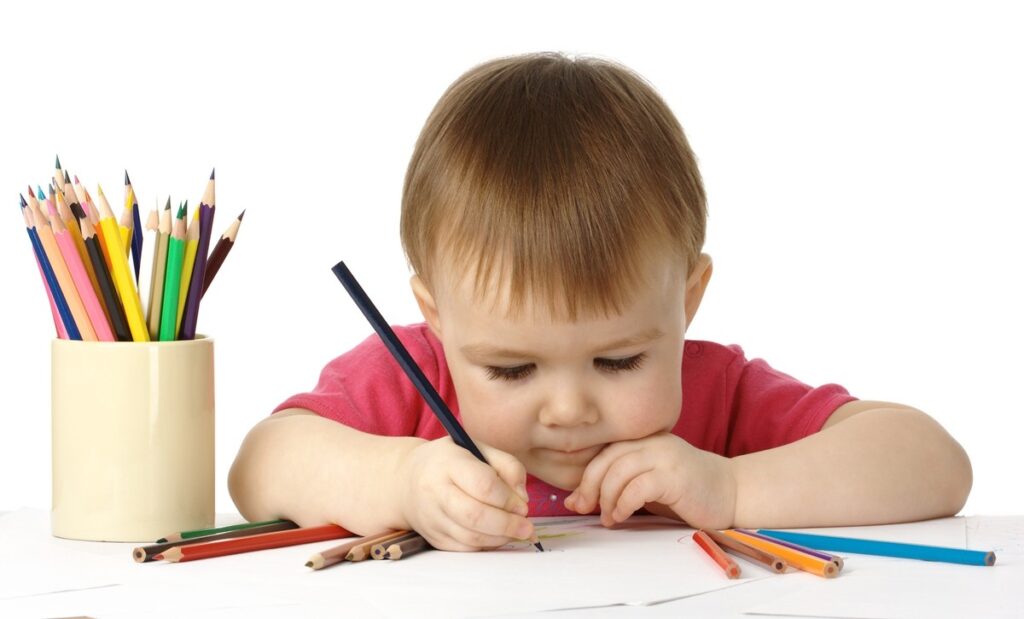10 Ways to Teach Kindergarten Students to Write

“How do you do it?” people often ask when I tell them I teach kindergarten. Consider training five-year-olds to write complete paragraphs. Yes, we are superheroes with superhuman abilities such as patience, persistence, and the capacity to bend for lengthy periods of time. I’ve compiled a list of the top kindergarten writing suggestions I’ve come across throughout the years.
1- Teach Letter Formation in A Real-World Setting.
With one stone, you can kill two birds. It is necessary to teach kindergarten pupils how to create their letters. This may be accomplished while writing a sentence. When children practice writing letters alone, they frequently have difficulty translating their handwriting abilities to sentence writing. Demonstrate appropriate letter construction while teaching capitalization, spacing, and end punctuation.
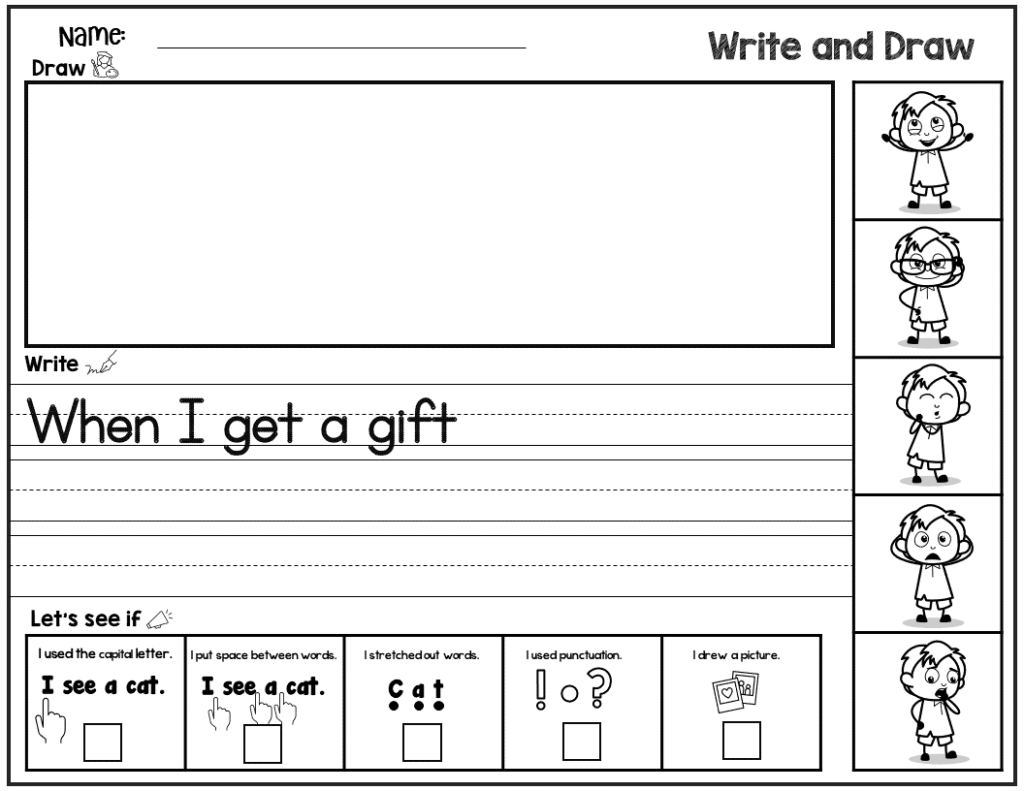
2- Consistently Practice
Encourage your kids to write meaningfully from the start. Kindergartners have mastered the ability of learning to speak via talking. They learn to write by writing, even if it’s only a long string of letters or scribble at first. They must begin somewhere. Allowing kids to write and draw every day gives them the tools they need to grow into confident writers.
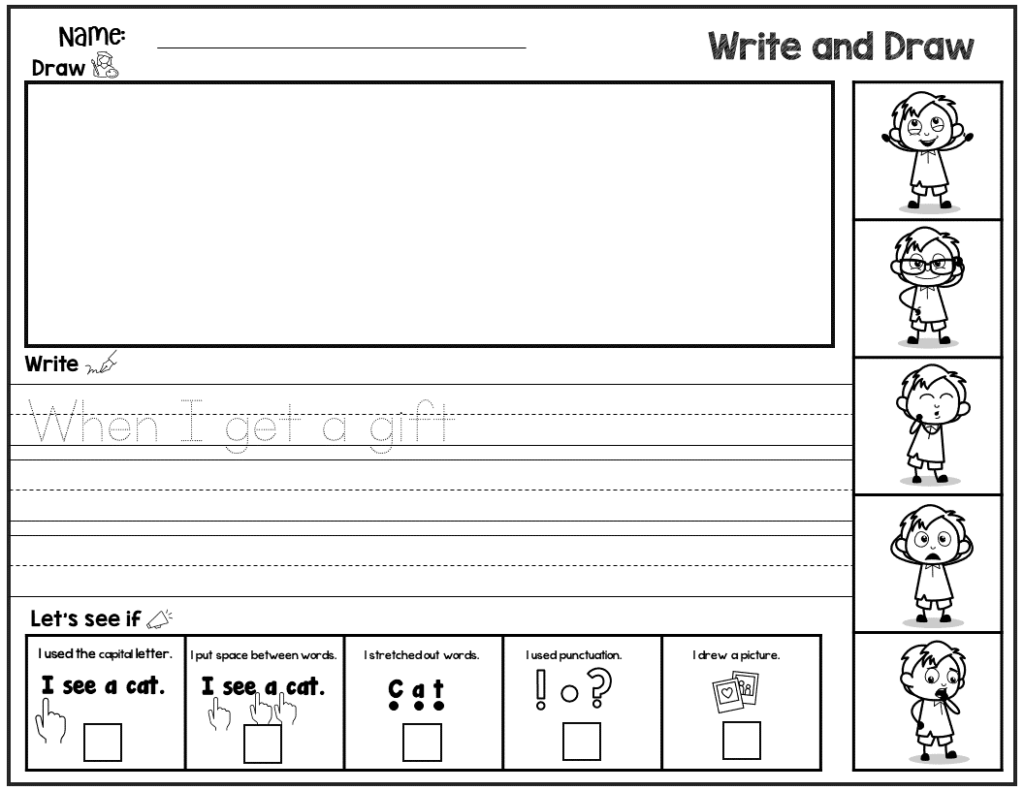
3- Sight Words, Sight Words, and More Sight Words
In order to gain confidence with sentence writing, students must be able to read and spell multiple anchor sight words. To teach pupils how to spell sight words, I utilize a word wall, songs, and chants. I sing the word to the melody of “It’s a Small Word,” for example. Like is spelled L-I-K-E. L-I-K-E is spelled L-I-K-E. They will be well on their way to success once they have an armory of words that are vital to the construction of a sentence.

4- Encourage the Use of Created Words.
Stretching out words and writing them precisely as a beginning writer hears them is known as invented spelling. When kids grow fixated on accurately spelling words, creativity and consistency deteriorate. Students will only be interested in writing short lines. Kindergarten instructors can decode statements like “I like pesu and is kem (pizza and ice cream)” with ease.

5- Conduct Mini-Lessons
The attention span of a kindergartener is that of a fruit fly. This is why, immediately before they start writing in their journals, I teach them a simple technique. Mini lessons are ideal for teaching narrative writing, opinion writing, topic sentence construction, and other phases of the writing process.

6- Experiment with Interactive Writing
A nice example of interactive writing is a morning message or class announcement. This is when the teacher and the pupil share the same pen. Students are summoned up to the white board to assist sound out words and put suitable punctuation after one student delivers the instructor news.

7- Select Themes that Are Meaningful.
Kindergarteners are incredibly proud of themselves, their families, and their peers. Allow children to write in their diaries about whatever they choose. Kindergarten kids are perplexed by sentence beginnings. It’s fine if they write about the same thing for a time. It’s similar to reading the same book again and over. They are increasing their self-assurance.
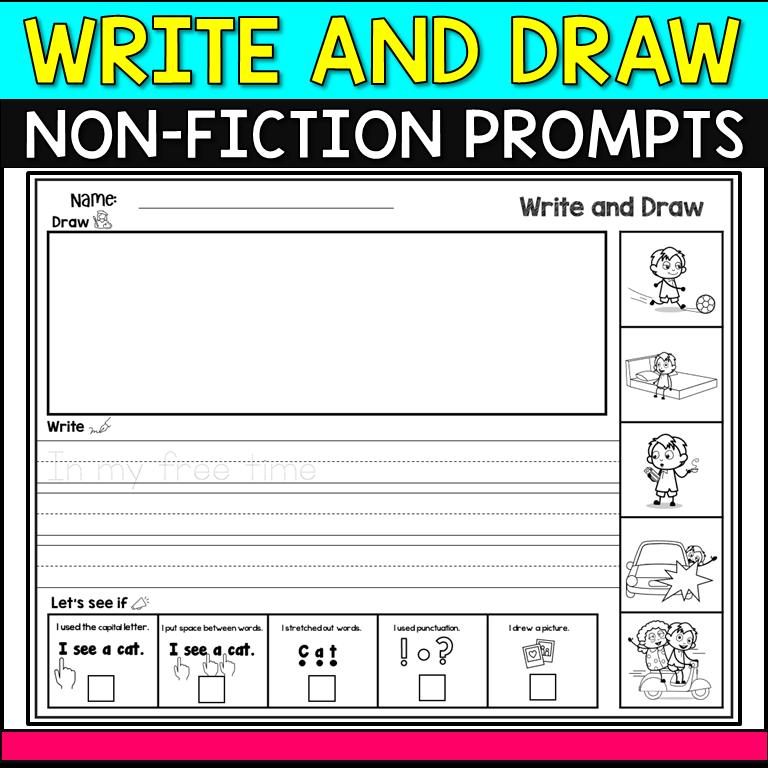
8- Cross-Curricular Writing
Reading and writing are inextricably linked. Students might send a letter to a character or express their favorite element of a narrative. Combining scientific and social studies research with writing might be as simple as reading an instructive piece or sketching and naming a picture.
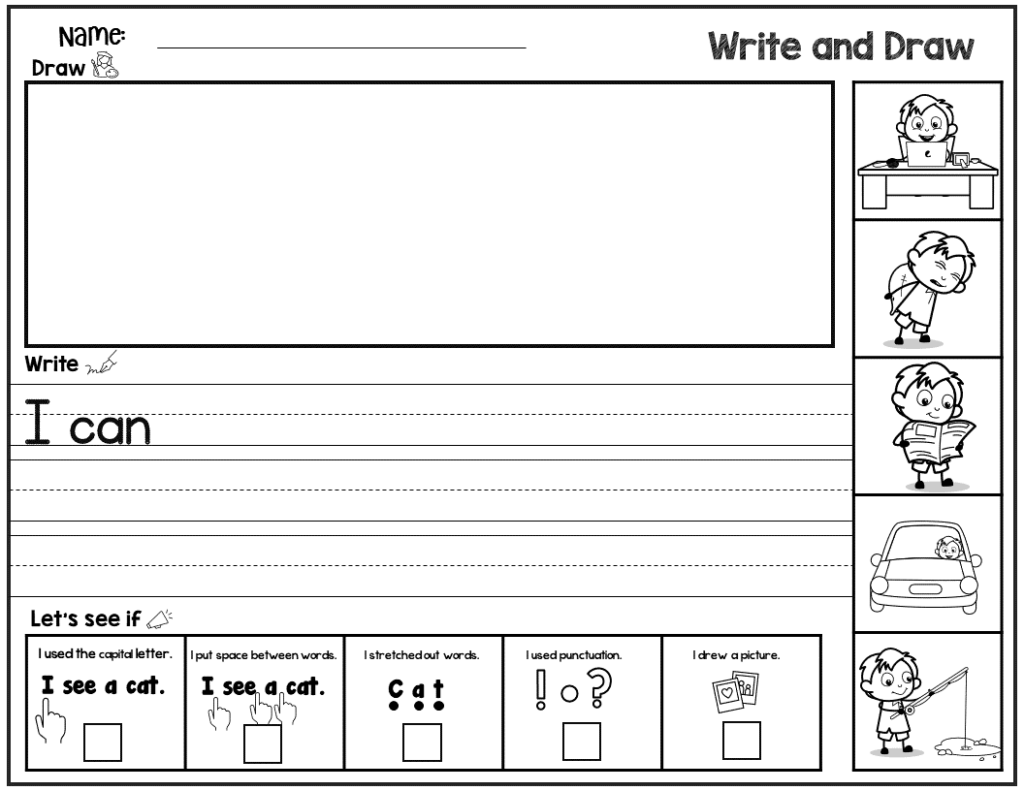
9- Keep in Mind that Punctuation Is Difficult.
Kindergarten pupils frequently conclude each word or line with a period. It’s tough to teach kindergarteners the notion of a complete thought since their thoughts continue on and on and on. I educate my pupils that a period is required if their work answers the query, “Guess what?”
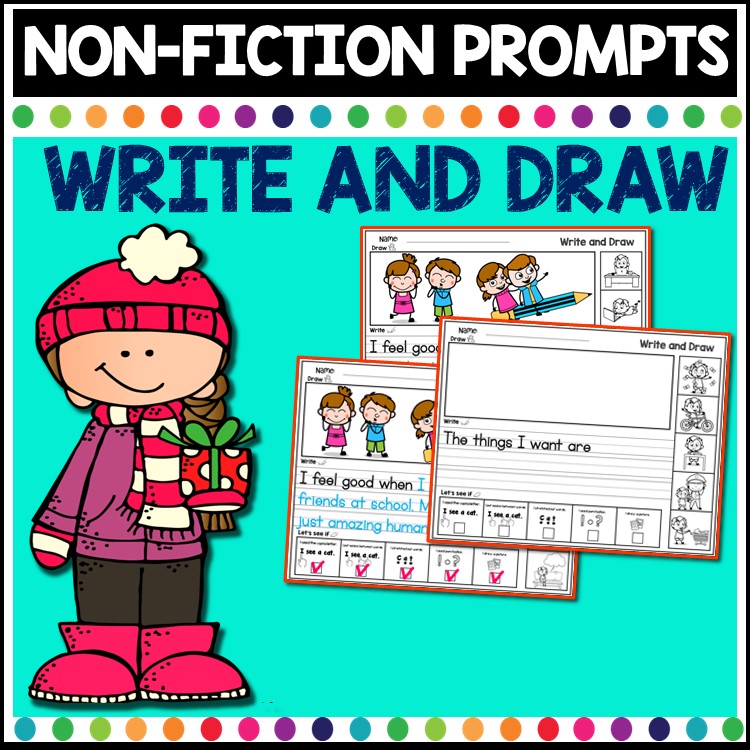
10- Disseminate, Disseminate, Disseminate
Allow kids to share their writing with their classmates. The more opportunities kindergarteners have to express themselves, the less likely they are to interrupt a math class to announce that they have a wobbly tooth or that Uncle Joey is coming to visit.
Writing in kindergarten is not for the faint of heart. Enjoy the unusual spellings, amusing concepts, and childlike wonder that will inspire young kids to become lifelong writers.


